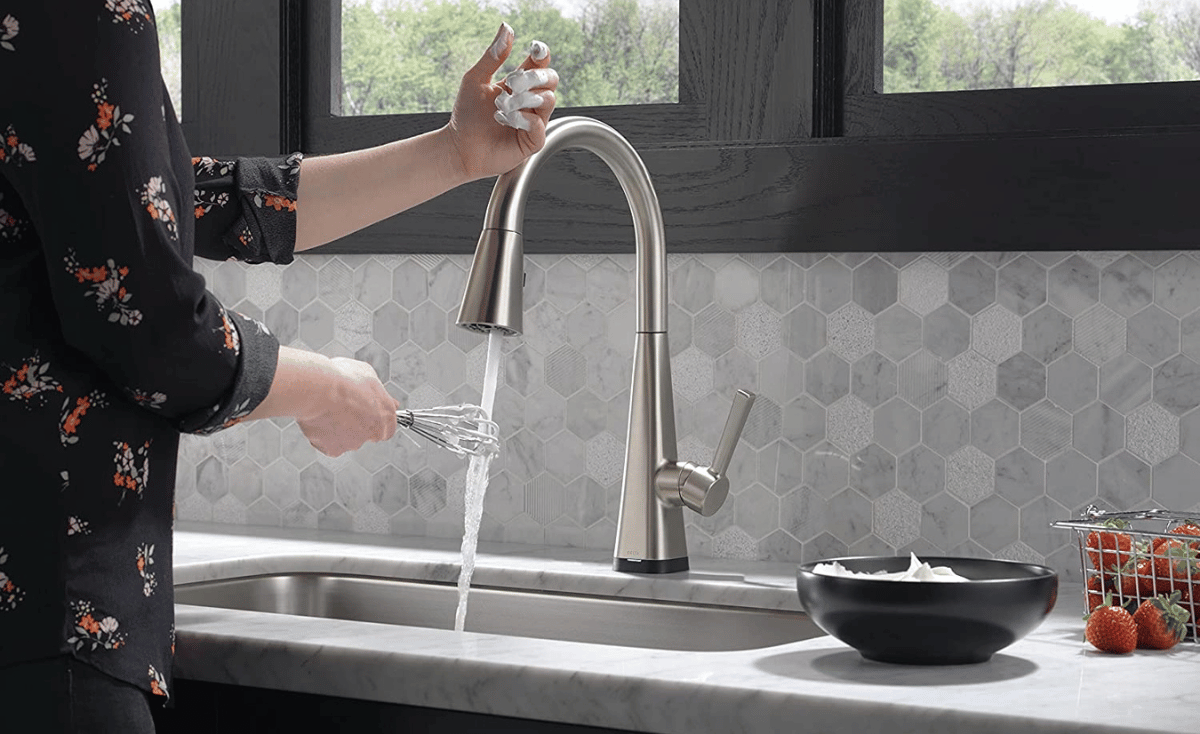A touchless kitchen faucet is a convenient addition to any household. They are easy to use and maintain and offer a high level of hygiene. However, one common issue that owners face is low water pressure. If you find that your touchless kitchen faucet has low water pressure, don't panic! In this blog post, we'll explore some of the most common reasons for this problem and provide some solutions.
One of the most common reasons for low water pressure in a touchless kitchen faucet is a build-up of sediment in the aerator. The aerator is the part of the faucet where water comes out. Over time, sediment can get trapped in the aerator and reduce the flow of water. To clean the aerator, simply unscrew it from the faucet and soak it in vinegar overnight. In the morning, rinse it off with clean water and screw it back into place. This should improve your water pressure.
If your touchless kitchen faucet is still experiencing low water pressure after soaking the aerator in vinegar, then the problem may be due to a damaged or defective washer. Washers are designed to create a seal between the faucet and the supply line, but over time they can become worn out or damaged. If your washer is damaged, it will need to be replaced in order to restore proper water pressure to your touchless kitchen faucet.
Another reason for low water pressure might be a problem with the valves that control the flow of water to your faucet. These valves are located behind your sink, so you'll need to access them from underneath. If you find that the valves are not fully open, turn them clockwise until they stop. This should restore full water pressure to your touchless kitchen faucet.
Another possible cause of low water pressure in touchless kitchen faucets is a blockage in the supply line. The supply line delivers water from your home's main water line to your touchless kitchen faucet, and if it becomes blocked or restricted in any way, it will cause low water pressure. The best way to clean your supply line is to remove it and soak it in vinegar overnight. This will dissolve any build-up that may be causing a blockage and restore proper flow to your touchless kitchen faucet.
In conclusion, there are a few simple reasons why your touchless kitchen faucet might have low water pressure. Fortunately, these problems can all be easily fixed with a little bit of troubleshooting. If your touchless kitchen faucet has suddenly developed low water pressure, there's no need to panic. In most cases, low water pressure is caused by a simple issue that can be easily fixed. However, if your touchless kitchen faucet's low water pressure persists after trying these troubleshooting tips, then it's time to call a plumber for assistance.
Check out our blog on the best touchless kitchen water faucets if you are in the market to replace your old faucet.
Or maybe your touchless has stopped working? Read our article below and you may find out the reason why!

Thanks for stopping by our bee hive!

Bertie
Each product we review is independently selected by our team, and all opinions in our articles are our own. As an Amazon Associate we earn from qualifying purchases. We stay in business by receiving a small share of sales from the links on our pages should you decide to buy something.











Member discussion